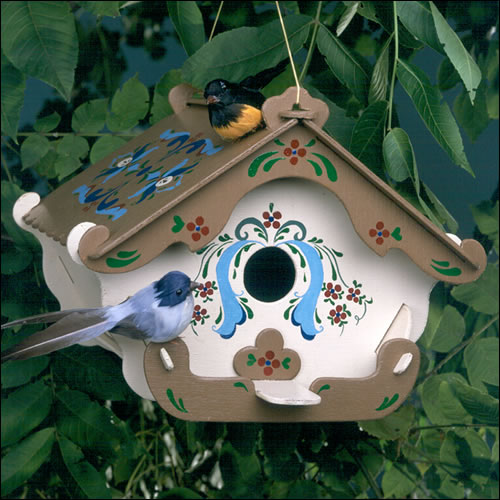Fitness programs: 5 steps to getting started

Are you thinking about starting a fitness program? Good for you! You're only five steps away from a healthier lifestyle.
Starting a fitness program may be one of the best things you can do for your health. With your doctor's OK to exercise, physical activity can reduce your risk of chronic disease, improve your balance and coordination, help you lose weight — even improve your sleep habits and self-esteem. And there's more good news. You can do it in just five steps.
Step 1: Assess your fitness level
You probably have some idea of how fit you are. But assessing and recording baseline fitness scores can give you benchmarks against which to measure your progress. To assess your aerobic and muscular fitness, flexibility and body composition, consider recording:
- Your pulse rate before and after a one-mile walk
- How long it takes to walk one mile
- How many push-ups you can do at a time
- How far you can reach forward while seated on the floor with your legs in front of you
- Your waist circumference at the level of your navel
- Your body mass index
Step 2: Design your fitness program
It's easy to say that you'll exercise every day. But you'll need a plan — and no single plan is perfect for everyone. As you design your fitness program, keep these points in mind:
- Consider your fitness goals. Are you starting a fitness program to help lose weight? Or do you have another motivation, such as preparing for a 5K race? Having clear goals can help you gauge your progress.
- Think about your likes and dislikes. Choose activities you'll enjoy. If you have fun doing the exercises you've selected, you're more likely to keep doing them.
- Plan a logical progression of activity. If you're just beginning to exercise, start cautiously and progress slowly. If you have an injury or a medical condition, consult your doctor or a physical therapist for help designing a fitness program that gradually improves your range of motion, strength and endurance.
- Build activity into your daily routine. Finding time to exercise can be a challenge. To make it easier, schedule time to exercise as you would any other appointment. Plan to watch your favorite show while walking on the treadmill, or read while riding a stationary bike.
- Think variety. Varying your activities (cross-training) can keep exercise boredom at bay. Cross-training also reduces the risk of injuring or overusing one specific muscle or joint. Plan to alternate among activities that emphasize different parts of your body, such as walking, swimming and strength training.
- Allow time for recovery. Many people start exercising with frenzied zeal — working out too long or too intensely — and give up when their muscles and joints become sore or injured. Plan time between sessions for your body to rest and recover.
- Put it on paper. A written plan may encourage you to stay on track.
Step 3: Assemble your equipment
You'll probably start with athletic shoes. Be sure to pick shoes designed for the activity you have in mind, as well as your foot type.
If you're planning to invest in exercise equipment, choose something that's practical, enjoyable and easy to use. You may want to try out certain types of equipment at a fitness center before investing in your own equipment. To stretch your exercise dollars, consider buying used equipment. Or get creative. Make your own weights by filling old socks with beans or pennies, or by partially filling a half-gallon milk jug with water or sand.
Step 4: Get started
Now you're ready for action.
- Start slowly and build up gradually. Give yourself plenty of time to warm up and cool down with easy walking or gentle stretching. Then speed up to a pace you can continue for five to 10 minutes without getting overly tired. If you can't carry on a conversation while you exercise, you're probably pushing too hard. As your stamina improves, increase the amount of time you exercise by one to five minutes a session. Aim for at least 30 minutes of exercise most days of the week.
- Break things up if you have to. You don't have to do all your exercise at one time. Shorter but more frequent sessions have aerobic benefits, too. Ten minutes of exercise three times a day may fit into your schedule better than a single 30-minute session.
- Be creative. Maybe your workout routine includes various activities, such as walking, bicycling or rowing. But don't stop there. Take a weekend hike with your family or spend an evening ballroom dancing.
- Listen to your body. If you feel pain, shortness of breath, dizziness or nausea, take a break. You may be pushing yourself too hard.
- Be flexible. If you're not feeling good, give yourself permission to take a day or two off.
Step 5: Monitor your progress
Retake your personal fitness assessment six weeks after you start your program and then again every three to six months. You may notice that you need to increase the amount of time you exercise in order to continue improving. Or you may be pleasantly surprised to find that you're exercising just the right amount to meet your fitness goals.
If you lose motivation, set new goals or try a new activity. Exercising with a friend or taking a class at a fitness center may help, too.
Starting an exercise program is an important decision. But it doesn't have to be an overwhelming one. By planning carefully and pacing yourself, you can establish a healthy habit that lasts a lifetime.










